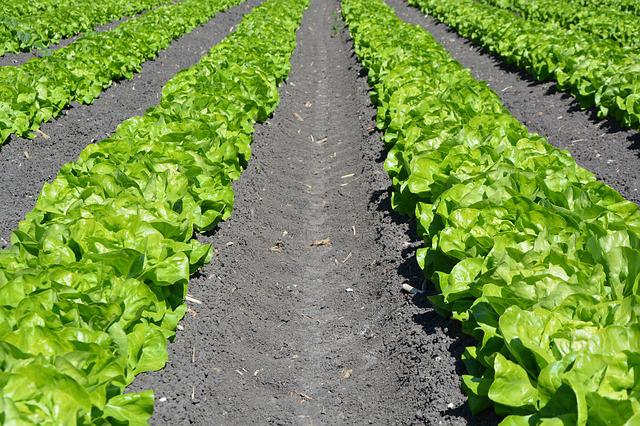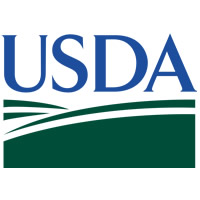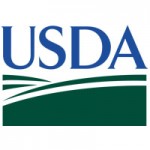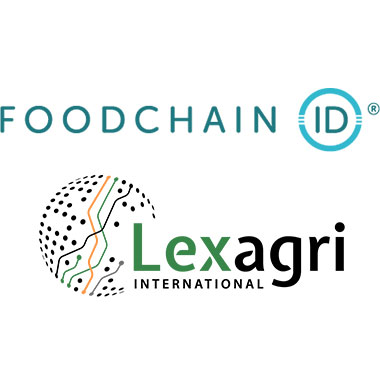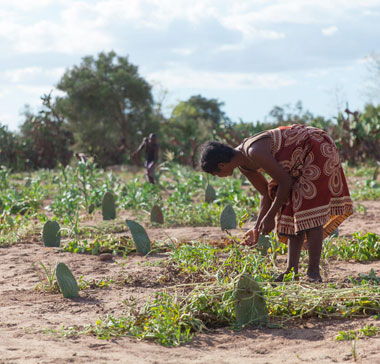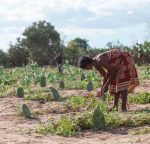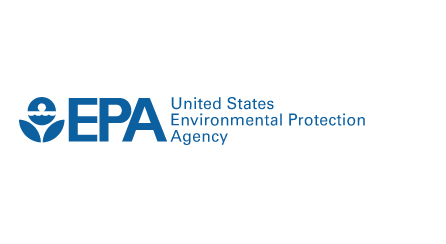As consumers become more conscious of the origins of their food and demand greater transparency, the need for traceability systems has never been greater. Labels play a large role in this process, serving as the primary means of tracking products through the supply chain, from farm to table. This article explores the importance of traceability in agriculture, how labels enable it, and the emerging trends shaping the future of agricultural traceability.
The importance of traceability in agriculture
Traceability in agriculture is more than just a buzzword; it’s an important component of modern food production and distribution. Here’s why:
Food safety – Traceability in agriculture is essential for identifying and isolating products that may be contaminated or unsafe. If a safety issue arises, such as contamination or inaccurate allergen labeling, traceability systems enable fast identification of the affected products, allowing them to be isolated and removed from circulation before they reach consumers. This minimizes health risks and helps prevent foodborne illnesses, ensuring only safe products reach the market.
Compliance with regulations – Regulatory agencies often require proof of origin, handling practices, and proper labeling, especially for products that carry organic, non-GMO, or other certifications. Traceability systems make sure that all necessary information is documented and easily accessible, allowing businesses to meet compliance with local and international food safety standards.
Efficient recall management – In the event of a product recall, traceability enables companies to quickly and efficiently remove affected products from the market, minimizing risk to consumers and reducing financial losses. Food recalls due to safety concerns cost companies an average of $10 million per recall in direct costs, according to the Grocery Manufacturers Association (GMA) and the Food Marketing Institute (FMI) [1]. Enhanced traceability can help mitigate these risks.
Combatting counterfeiting – Traceability helps combat counterfeiting in the agricultural industry by verifying a product’s authenticity at each stage of the supply chain. With unique identifiers, batch numbers, and secure tracking systems, traceability ensures that each product can be traced back to its origin. This makes it difficult for counterfeit goods to sneak into the market. This helps protect consumers from the potential dangers associated with counterfeit foods, such as lower quality or unsafe ingredients.
Building consumer trust – The consumer demand for food transparency is increasing, especially when it comes to ethical and environmental considerations. A study by Label Insight found that 94% of consumers are likely to be loyal to a brand that offers complete product transparency [2]. This highlights how transparency is becoming a key factor in building consumer trust.
How labels on agricultural products enable traceability
Tracing agricultural products would not be possible without accurate labels. Here’s how labeling helps traceability in the agriculture industry:
Assignment of unique identifiers – Unique identifiers on labels, such as a barcode (e.g., UPC, EAN), QR code, RFID tag, or a custom alphanumeric string, play a big role in agriculture labeling traceability by assigning a distinct code to each product or batch. This allows for tracking of items from the point of origin through every stage of the supply chain.
Providing critical information – Labels on agricultural products provide critical information, such as the product’s origin, batch number, ingredients, and expiration date to help aid in traceability. This information allows every product to be linked back to its source and production history, facilitating the tracking process at every step of the supply chain.
Enabling supply chain tracking – As an agricultural product moves through different stages—harvesting, processing, packaging, and distribution—its label is scanned at key checkpoints. This scanning process updates the product’s status in real-time, allowing businesses to monitor its location, conditions such as food temperature, and movement. This tracking capability improves inventory management, optimizes logistics, and makes sure that products reach their destination efficiently and safely.
Four future trends in agricultural traceability and labeling
The landscape of agricultural traceability is rapidly evolving, with new technologies and consumer demands driving innovation:
Blockchain technology – Blockchain offers a secure way to record and share traceability information. With data that cannot be manipulated, blockchain enhances the trust of traceability systems. A report by Juniper Research found that blockchain technology, which enhances traceability, is expected to save the food industry $31 billion by 2024 by reducing fraud and errors and improving food safety [3].
Internet of Things (IoT) – IoT technology allows for real-time monitoring of critical factors such as temperature and humidity during transport. This ensures that products are stored in optimal conditions, further enhancing traceability.
Growing consumer demand for transparency – As consumers continue to demand more transparency, agricultural businesses must adapt by providing detailed information about their products’ origins, production processes, and supply chains.
Smart Labels – Smart Labels, which feature QR codes or RFID tags, allow consumers to scan and view additional product information that may not fit on a traditional label. This technology is becoming more popular as consumers seek.
How label design software helps with traceability
As consumer demand for transparency continues to grow, agricultural businesses must adapt by implementing traceability systems. Labels play a large part in this process, and with the right label design software, businesses can create, manage, and track labels that meet the highest standards of safety, compliance, and consumer trust.
References
[1]: https://www.foodmanufacturing.com/safety/article/21123459/reducing-the-risk-of-recalls
[2]: https://nielseniq.com/global/en/landing-page/label-insight/
[3]: https://www.juniperresearch.com/press/blockchain-to-save-the-food-industry-31-billion/

